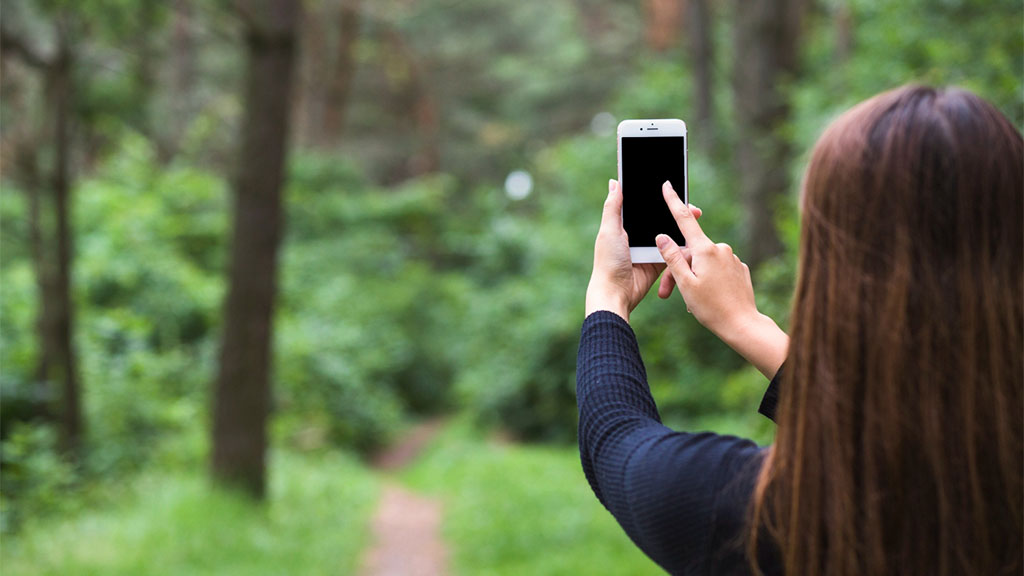Getting Started
Getting started with geocaching is a fun and straightforward process, even for those who are brand new to the hobby. Here’s a step-by-step guide to help beginners begin their geocaching adventure:

1. Register on Geocaching Websites:
Start by creating a free account on a geocaching website or app, such as Geocaching.com or the official Geocaching app. These platforms serve as the primary hub for the geocaching community and provide access to a vast database of geocache listings.
2. Learn the Basics:
Familiarize yourself with the basic terms and concepts of geocaching. This includes understanding terms like “cache,” “GPS coordinates,” “DNF” (Did Not Find), and “FTF” (First To Find).
3. Acquire a GPS Device or Smartphone:
You’ll need a device that can provide GPS coordinates to help you locate geocaches. Most people use smartphones with GPS capabilities, but dedicated GPS devices are also an option. Ensure your device’s GPS feature is enabled.
4. Search for Geocaches:
Use the geocaching website or app to search for geocaches near your location. You can filter searches by difficulty, terrain, size, and other factors to find caches that match your preferences and skill level.
5. Choose Your First Geocache:
Select an easy or beginner-friendly geocache to start with. Look for caches with a low difficulty and terrain rating (often indicated as 1/1 or 1.5/1.5), as these are typically simpler to find and access.
6. Review the Cache Description:
Before heading out, thoroughly read the cache description, hints, and any recent logs left by other geocachers. These details can provide valuable information and clues to help you locate the cache.
7. Gather Essential Gear:
Bring essential items, such as a pen (for signing the logbook), a small trinket or “swag” to trade if you like, and any tools you might need for certain types of caches (e.g., a flashlight for night caching).
8. Navigate to the Coordinates:
Use your GPS device or smartphone to navigate to the provided coordinates. Pay attention to the distance and direction indicators as you get closer to the cache location.
9. Search for the Cache:
Once you’re near the coordinates, start searching for the cache. Caches can be hidden in various ways, so keep your eyes peeled for cleverly concealed containers, such as camouflaged containers, hollow logs, or hidden in urban environments.
10. Sign the Logbook:
When you find the cache, open it, and sign the logbook with your geocaching username and the date of your find. You can also leave a brief message if you like.
11. Log Your Find Online:
After your successful find, log your discovery on the geocaching website or app. Share your experience, leave a friendly comment, and rate the cache’s difficulty and terrain. This helps other geocachers and the cache owner.
12. Continue Exploring:
With your first find under your belt, you’re officially a geocacher! Explore more caches, challenge yourself with higher difficulty ratings, and discover the thrill of the hunt in different locations.
Remember that geocaching is not just about finding caches; it’s also about enjoying the outdoors, solving puzzles, and connecting with a global community of fellow geocachers. So, grab your GPS device or smartphone, embrace the spirit of adventure, and start your geocaching journey today!